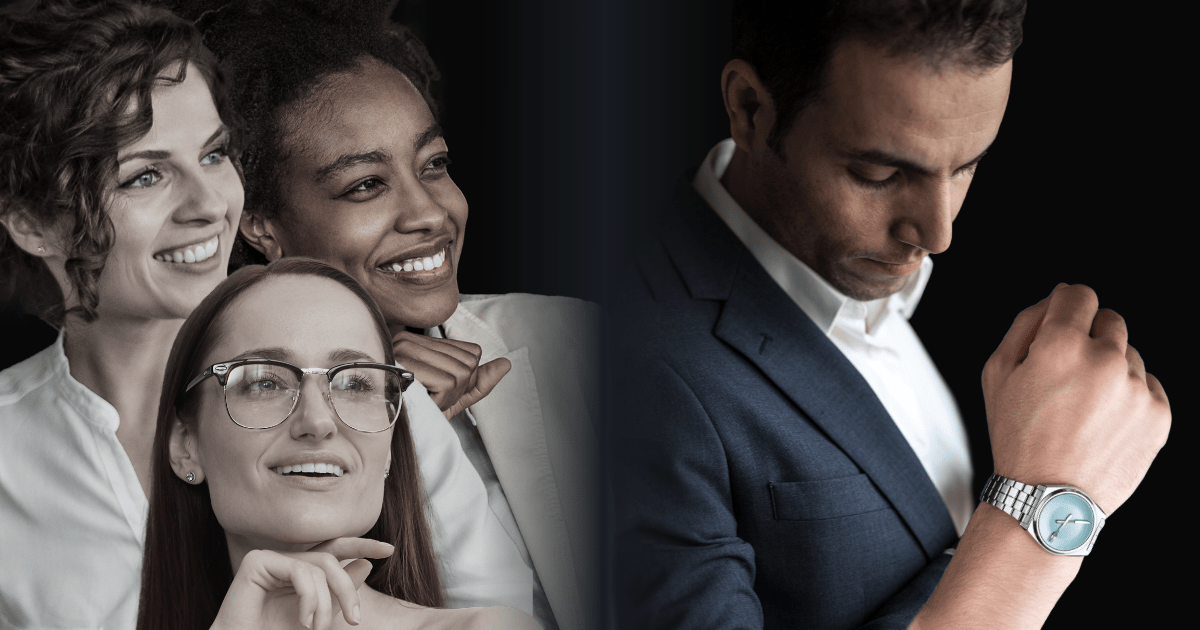Luxury Brands Must Signal Higher Status
Owning a luxury watch can shape how people perceive you, boosting your self-esteem.

Overview
Luxury brands are high-quality products that only few people can acquire, often because they’re expensive or exclusive. This exclusivity, in turn, communicates status and wealth.
If you analyze this process, you’ll see three conditions that are necessary for people to buy a luxury brand:
1. Brand must signal higher status
What is higher status? It can vary.
Ironically, upper class people often buy low-class products (e.g., ripped jeans, lobster mac and cheese) to distinguish themselves from middle-class people:
Because emulating lows is costly and risky for middles, doing so provides an alternative way for highs to distinguish themselves. (Bellezza & Berger, 2020, p. 5)
2. Customers must desire higher status
Luxury brands need customers who care about their public status.
But it also depends on mindset. For example, viewing art reduces desire for luxury brands because it shifts focus away from the self. In one study, people viewed photographs of plants. If the photos were labeled as art, participants were less likely to buy luxury products in a later task (Wang, Xu, & Zhang, 2023).
Your visual branding can still be artsy, though. Customers don’t believe branding is art:
When art becomes part of a commercial product, the purpose is not solely to appreciate art per se…the elevated mental state of self-transcendence is unlikely to occur (Wang, Xu, & Zhang, 2023, p. 793).
3. Ownership needs to be visible
Luxury products should be easy to identify. That’s why luxury products can be ugly (Cesareo, Townsend, & Pavlov, 2022). Ugly products are more distinctive, so they signal ownership more effectively.
- Bellezza, S., & Berger, J. (2020). Trickle-round signals: when low status is mixed with high. Journal of Consumer Research, 47(1), 100-127.
- Cesareo, L., Townsend, C., & Pavlov, E. (2022). Hideous but worth it: Distinctive ugliness as a signal of luxury. Journal of the Academy of Marketing Science, 1-22.
- Wang, Y., Xu, A. J., & Zhang, Y. (2023). L’Art Pour l’Art: Experiencing Art Reduces the Desire for Luxury Goods. Journal of Consumer Research, 49(5), 786-810.
